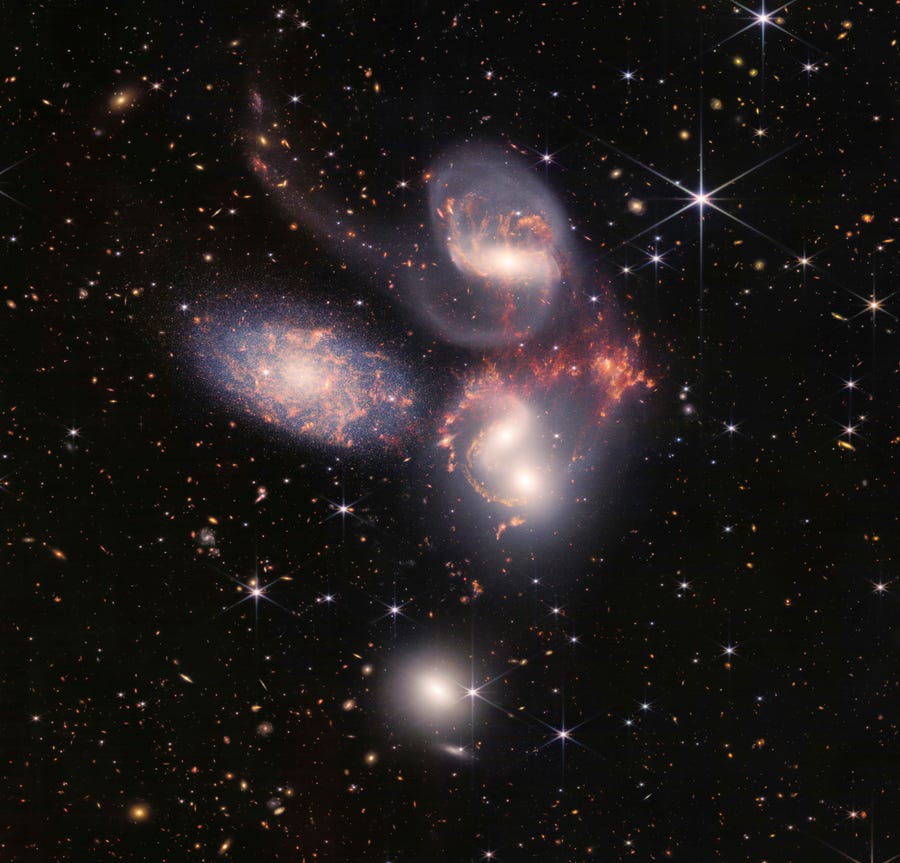 |
| |
| |
| Good morning, Short List readers! I'm Nicole Fallert, stepping in for John Riley. Let's talk about the universe, shall we? Because it's having quite a moment. 🔭 |
| This week, NASA released breathtaking views captured by the James Webb Space Telescope of a universe never glimpsed before. From cosmic cliffs to the birthplace of stars, thousands of galaxies are featured in NASA's new images that have stunned star-gazers and non-experts alike. Here's what to know about the NASA space camera. |
| Dying stars, galaxies beyond: What the groundbreaking images mean |
| • | More on the telescope: One million miles from Earth, the James Webb is the largest and most powerful space telescope ever built. The $10 billion telescope looks back in time using gravitational lensing and is the size of a tennis court and three stories high. | | • | What are we looking at: The telescope's breathtaking views include images of thousands of galaxies and difficult-to-capture phases of star formation. | | • | Another perspective: The arrival of the images was met with calls to rename the observatory in light of allegations that Webb was complicit in the abuse and discrimination of LGBTQ people during his tenure at the federal space agency. Read more about the criticism of the telescope's name here. | |
 | | This image provided by NASA on Tuesday, July 12, 2022, shows Stephan's Quintet, a visual grouping of five galaxies, as observed from the Webb Telescope. This mosaic was constructed from almost 1,000 separate image files, according to NASA. | | NASA, ESA, CSA, and STScI via AP | |
A few more reads |
| |
| There are more incredible reads below. 👇 See you next week! |
| |
| |
| |
| |
| |
| |
| |
| |
| |
| |
| |
| |
| |
| |
| |
| |
| |
| |
| |
| |
| |
| |
| |
| |
No comments:
Post a Comment